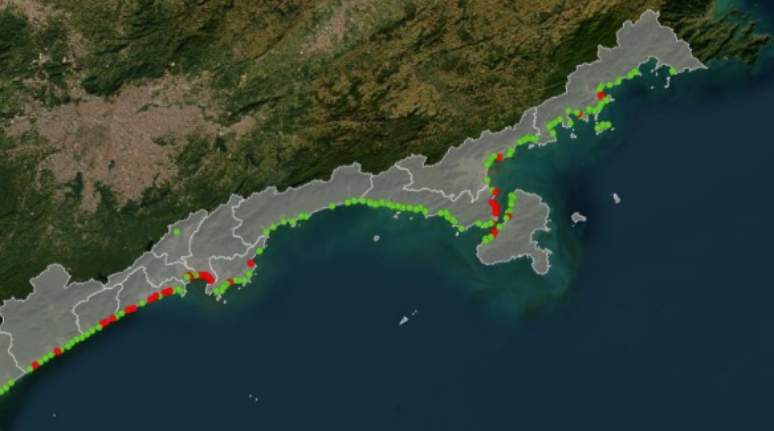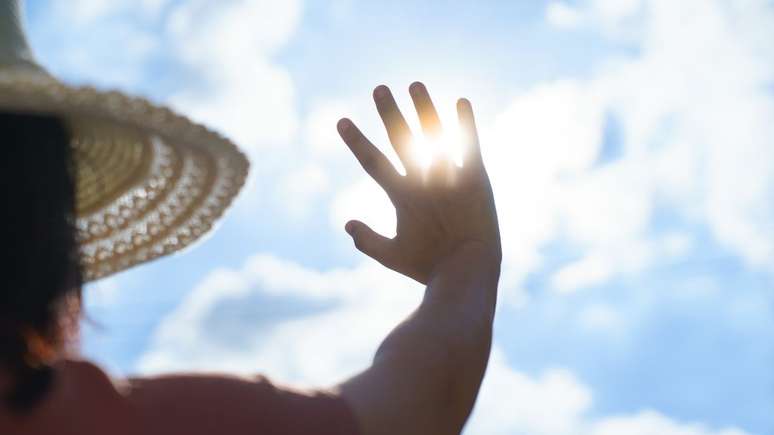Attention must be paid to children and the elderly; dehydration can make the condition worse
What has been classified as a “virus epidemic” in coastal cities of Sao Paulo is being investigated after residents and tourists sought medical care at health units with symptoms of the disease.
Receive the main news directly on WhatsApp! Subscribe to the Terra channel
The city of Guarujá was the most affected by this situation, as between the 1st and 3rd the healthcare system was overloaded by long queues of patients with symptoms such as nausea, vomiting, diarrhea and intense abdominal pain. The waiting time for treatment in recent days has exceeded four hours.
The topic has raised questions about how these conditions occur, how to treat them and the possible risks. Therefore, Terra turned to infectologist Marcos Caseiro to resolve any doubts about the situation.
What is the virus?
Caseiro emphasizes that the virus is a pathogen, that is, an infectious agent that needs to parasitize a cell to replicate and cause disease. The specialist explains that, presumably, the conditions we have in the region are probably due to viral conditions, but this has not yet been clearly documented.

“The most likely, based on behavior and symptoms, is compatible with a viral condition. We have had, on previous occasions, outbreaks, epidemics here in Baixada Santista due to viruses,” he explains. In other words, the virus is nothing more than a disease caused by a virus, in this case probably norovirus.
How contamination occurs
The infectious disease specialist reports that norovirus infection occurs through contact with fresh or sea water contaminated with fecal material. Food that has come into contact with this water can also be infected with the virus.
“The form of contamination generally occurs through contaminated water. You see, when there are many cases at the same time, it is what we call a contamination path from a common source. And the common source contaminating so many people at once could be water. Whether it is sea water, which when people go to the sea end up coming into contact with their mouth and mucous membranes and becoming infected, or water [da torneira] even contaminated,” he explains.
How to avoid, symptoms and how to treat in case of contamination
The infectious disease specialist specifies that to avoid possible contamination it is necessary to drink only filtered, mineral or boiled water. Once on the beach, avoid ingesting large quantities of sea water to prevent the virus from coming into contact with the mucous membranes.
Among the symptoms described by the infectious disease specialist are: diarrhea, nausea, vomiting, general malaise and low-grade fever. It is important to avoid dehydration, which can worsen the condition.
“In case of contamination, contamination, drink plenty of fluids and stay well hydrated. Ideally, use isotonic drinks, such as Gatorade, which have a supply of sodium and potassium. In these diarrheas, a lot of sodium and potassium are lost. If you have nausea and vomiting, use medications,” he explains.
The specialist warns that, if the person vomits a lot and cannot drink liquids, it is necessary to consult a doctor, as this is one of the criteria for the severity of the disease. In this case, hydration must be administered intravenously. Another point is bloody diarrhea.
“And persistent fever or symptoms lasting more than 24 hours. These are important signs of severity that prompt the individual to seek medical attention. The most serious complications concern children and the elderly, because they can become dehydrated. This is a very serious risk of death from dehydration,” he concludes.
Source: Terra
Ben Stock is a lifestyle journalist and author at Gossipify. He writes about topics such as health, wellness, travel, food and home decor. He provides practical advice and inspiration to improve well-being, keeps readers up to date with latest lifestyle news and trends, known for his engaging writing style, in-depth analysis and unique perspectives.








